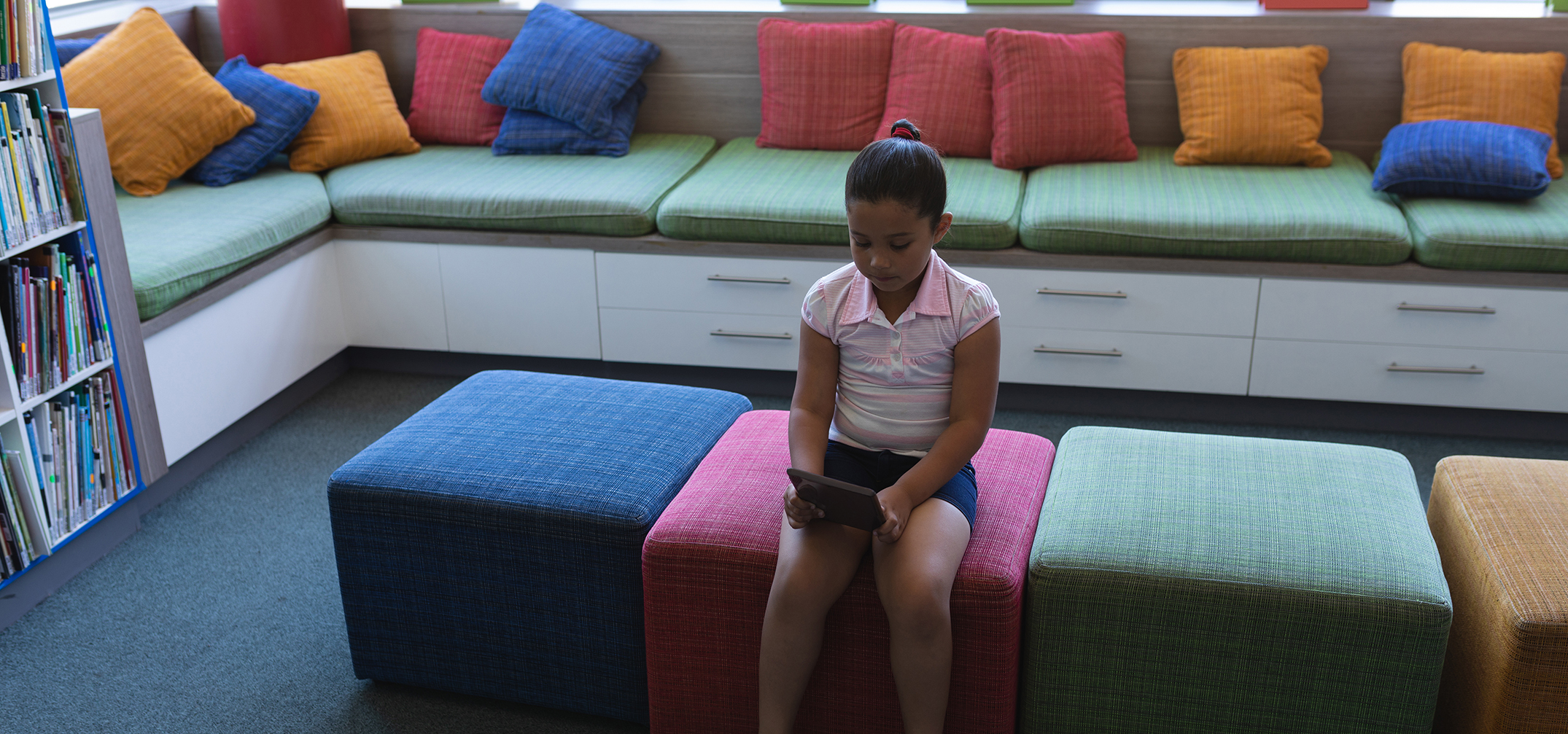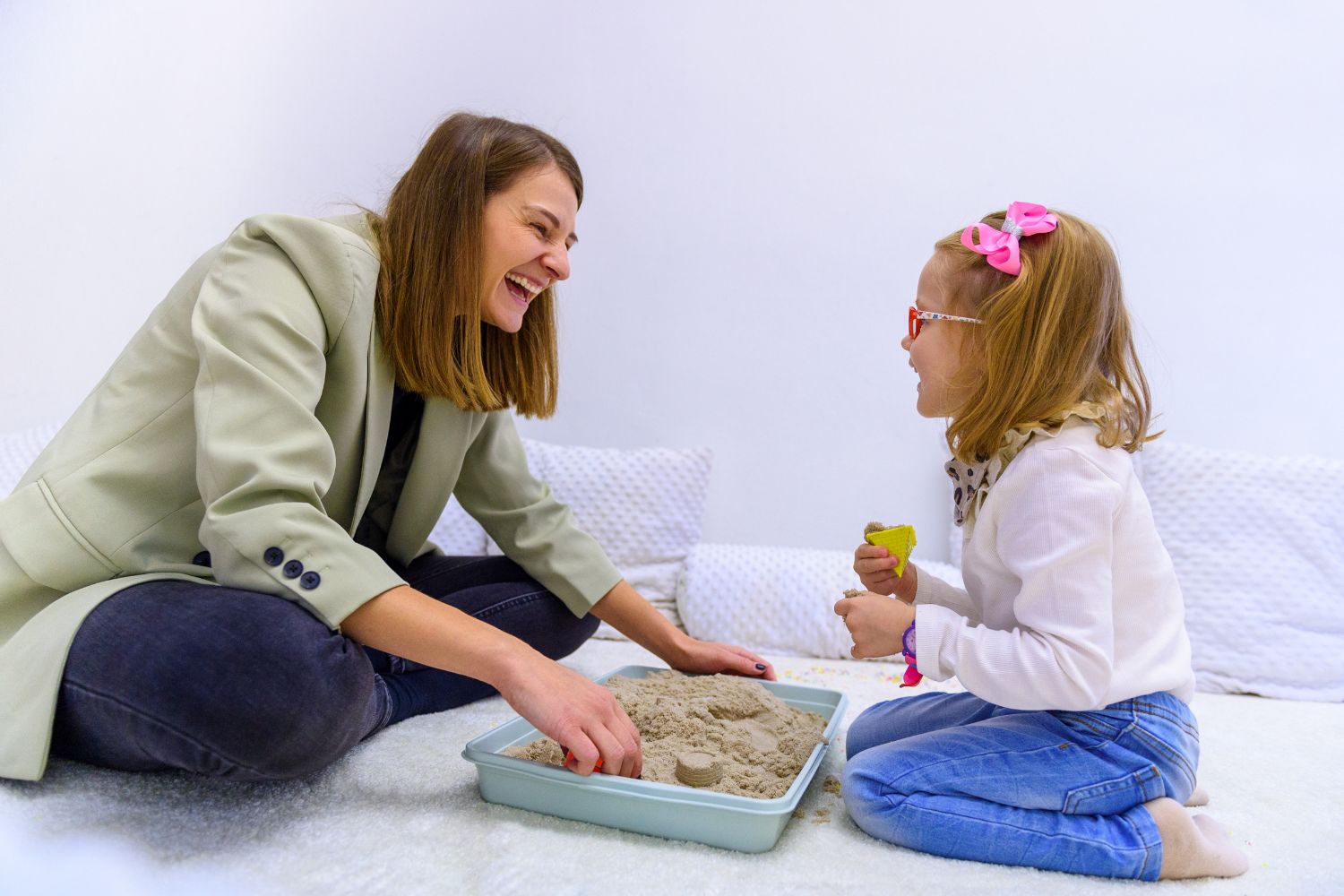
Integrating Sensory Processing Techniques in School Settings
Sensory processing plays a crucial role in a child’s ability to learn, interact, and thrive in a school setting. For children with sensory processing disorders (SPD) or challenges, the school environment can be overwhelming, leading to difficulties in academic performance, social interactions, and overall well-being.
Integrating sensory processing techniques in school settings can make a significant difference, helping these children navigate their environment more effectively and enhancing their learning experience. This blog post will explore the importance of sensory processing, effective techniques for integration, and practical strategies for educators and therapists.
Understanding Sensory Processing
Sensory processing refers to how the nervous system receives, organizes, and responds to sensory input from the environment. This includes information from the five traditional senses (sight, sound, touch, taste, and smell) as well as proprioception (awareness of body position) and vestibular input (sense of balance and movement). For most children, sensory processing occurs naturally and efficiently, allowing them to respond appropriately to stimuli. However, for children with sensory processing difficulties, this process can be disrupted, leading to sensory overload or under-responsiveness.
The Impact of Sensory Processing Difficulties in School
Children with sensory processing difficulties may exhibit a range of behaviors in the school environment, including:
- Overreacting to Sensory Input: This can include being easily startled by loud noises, avoiding certain textures, or becoming overwhelmed in busy or crowded spaces.
- Underreacting to Sensory Input: These children might not respond to their name being called, seek out intense sensory experiences, or appear disinterested in their surroundings.
- Difficulty with Motor Skills: Challenges with coordination, balance, and fine motor tasks can impact a child’s ability to participate in classroom activities.
- Behavioral Issues: Sensory processing difficulties can lead to frustration, anxiety, and meltdowns, affecting the child’s ability to focus and interact with peers.
Integrating Sensory Processing Techniques
Integrating sensory processing techniques in school settings involves creating an environment that supports the sensory needs of all students, particularly those with SPD. Here are some effective techniques and strategies:
Sensory-Friendly Classroom Design
Creating a sensory-friendly classroom environment can help reduce sensory overload and provide calming spaces for children who need it. Consider the following elements:
- Lighting: Use natural light when possible and avoid harsh fluorescent lighting. Provide options for dimming lights or using lamps with softer bulbs.
- Seating Options: Incorporate flexible seating arrangements, such as bean bags, cushions, and rocking chairs, to allow children to choose the seating that best meets their sensory needs.
- Quiet Corners: Designate quiet areas in the classroom where children can retreat when they feel overwhelmed. These areas can include soft furnishings, noise-canceling headphones, and calming activities like puzzles or books.
- Visual Supports: Use visual schedules, charts, and cues to help children understand routines and expectations. This can reduce anxiety and provide a sense of predictability.
Sensory Breaks and Activities
Incorporating sensory breaks and activities throughout the school day can help children regulate their sensory input and improve focus and attention. Some ideas include:
- Movement Breaks: Provide opportunities for physical activity, such as stretching, jumping, or dancing, to help children release excess energy and improve concentration.
- Sensory Stations: Set up stations with activities that target different sensory systems, such as tactile bins, fidget tools, or balance boards.
- Calming Techniques: Teach children calming strategies, such as deep breathing exercises, progressive muscle relaxation, or guided imagery, to help them manage sensory overload.
Collaboration with Therapists
Collaboration between educators and occupational therapists (OTs) is essential for effectively integrating sensory processing techniques. OTs can provide valuable insights and individualized strategies to support children with sensory processing difficulties. Key collaborative efforts include:
- Sensory Assessments: Conduct assessments to identify specific sensory needs and develop personalized sensory plans for students.
- Teacher Training: Provide training and professional development for teachers on sensory processing and how to implement sensory strategies in the classroom.
- Regular Consultation: Maintain open communication between teachers and OTs to discuss student progress, address challenges, and adjust strategies as needed.
Practical Strategies for Educators
Educators play a critical role in implementing sensory processing techniques in the classroom. Here are some practical strategies for teachers:
Observe and Identify: Pay attention to students’ sensory behaviors and identify potential triggers or patterns. This can help tailor interventions to individual needs.
- Incorporate Sensory Activities: Integrate sensory activities into daily routines, such as starting the day with a sensory warm-up or incorporating movement breaks between lessons.
- Be Flexible: Recognize that sensory needs can change throughout the day and be willing to adjust strategies accordingly. Flexibility is key to supporting students effectively.
- Create a Supportive Environment: Foster a classroom culture that values diversity and inclusivity. Encourage peer support and understanding of sensory differences.
Integrating sensory processing techniques in school settings is crucial for supporting children with sensory processing difficulties. By creating sensory-friendly environments, incorporating sensory breaks and activities, and collaborating with occupational therapists, educators can help these children thrive academically, socially, and emotionally. Practical strategies and a flexible approach are essential for addressing the unique sensory needs of each student, ultimately enhancing their overall learning experience and well-being.
At Kinetic Pediatric Therapy, we are committed to providing the tools and resources necessary to support children with sensory processing challenges. Through our collaborative efforts with schools, we strive to create inclusive and supportive environments where every child can succeed.
Please Share




